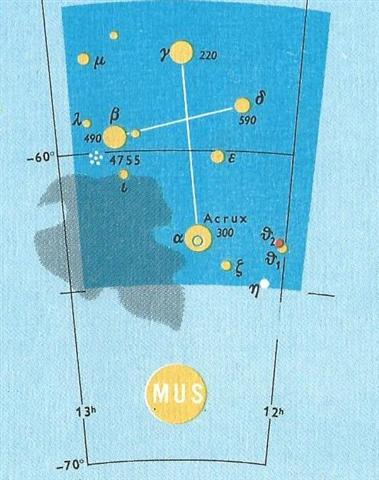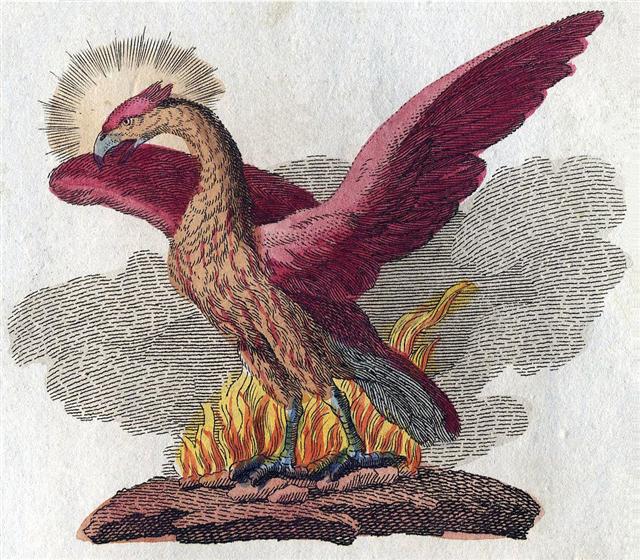Why is there a little 'newborn' Rei at June 23 rather than a maitaki kind of glyph?
Possibly because the Gemini twins had moved ahead in the Sun year, away from their ancient place at the northern spring equinox,
Assuming for instance that day 104 (= 2 * 52 = 365 - 9 * 29) anciently had marked the end of the winter half of the year, then we could count 248 (September 5) - 104 = 144 (= 12 * 12 = 261 - 9 * 13) for the first part of this 'summer year':
The time difference (12 * 12 days), when applied to June 23 (174), indicates day 174 - 144 = 30 for the beginning of summer, which agrees with *30 at Rei in APRIL 20 (110). There were 184 (JULY 3) - 110 (APRIL 20) = 74 days from the beautiful little Rei in Ga1-30 to glyph number 104. There were 248 (September 5) - 171 (June 20) = 77 days from 6h to the Ribs. ... God created Eve from one of Adam's ribs ('reefs') and therefore I at first tried to translate the female (β) star name Al Sharas with The Rib. Although according to Allen this star was plural: '... β ... was one of Al Tizini's Al Sharāsīf, the Ribs, - i.e. of the Hydra, - and the first of the set.' Adam had, as I remember it, another wife before Eve, viz. Lilith ...
However, at the time of Bharani (which ought to be the relevant epoch when reading Manuscript E) the day corresponding to June 23 (174) would have been day 174 - 41 = 133 ("May 13).
And when reading numerically "May 13 implies 513 (because May is the 5th month in the Sun calendar). Thus "May 13 → 5-13 → 513 (= 3 * 171). Cfr June 20 (171 = 531 / 3 = 9 * 19). A quick look at the maitaki ('good') glyphs in the G text reveals a probable link, viz. to Crux and Raven (Corvus), which at the time of rongorongo were at the northern autumn equinox. 3 * 41 (the precessional time depth down to the age of Bharani) = 123, and at the time of the Bull this was the 'π date' JULY 22 (which according to one of the possible conventions can be written as 22 / 7 = 3.14 = π). The key number 123 can be understood for instance as corresponding to 0h (80) + 16 (days before a star returned to visibility after a close encounter with the blinding rays from the sun) + 27 (precessional depth dow to the time of the Romans). There were 23 right ascension days down from the epoch of Bharani (*41) to that of the Bull (*64). At the time of the Bull they had waited for the return to visibility of the important stars and the day distance would therefore have been 64 - 41 + 16 = 39 (= 3 * 13) days. APRIL 20 (110) - 39 = 71 (= 26000 / 365¼) = "March 12 (or 3-14 = "March 14 at the time when "January was counted as only 29 days, i.e. before the Julian calendar). And the calendar day distance from the true heliacal rongorongo dates down to those at the time of Bull should then in a way be not 64 days but rather 64 + 16 = 80 days (→ 0h). June 23 (174) - (64 + 16) = *94 (= 110 - 16).
Here above the maitaki glyph probably was intended to indicate how Father Sky and Mother Earth were close together (as if glued together) - which had happened a long time ago when they had been visible close to the Full Moon in late JANUARY. But at the time of rongorongo Crux and Corvus had moved ahead with about 64 right ascension days to be visible close to the Full Moon in late March. ... They were Ranginui, the Sky Father, and Papatuanuku, the Earth Mother, both sealed together in a close embrace. Crushed between the weight of their bodies were their many children, whose oppression deepened. They yearned to be free; they fought their parents and each other to break loose. Tuumatauenga, virile god of war, thrust and shouted; Tangaroa of the oceans whirled and surged; Tawhirirangimaatea, Haumiatiketike and Rongomatane, of wild foods and cultivated crops, tried their best but were not successful; and Ruamoko, god of earthquakes, yet to be born, struggled in the confinement of his mother's womb ... Of them all, Taane Mahuta, the god of the forests, was the most determined; he set his sturdy feet upon his father's chest, and braced his upper back and shoulders against the bosom of his mother. He pushed; and they parted. So the world, as the Maori understand it, came into being ... The Long Sand-bank was at the beginning:
... Alice was beginning to get very tired of sitting by her sister on the bank and of having nothing to do: once or twice she had peeped into the book her sister was reading, but it had no pictures or conversations in it, 'and what is the use of a book', thought Alice, 'without pictures or conversations?' So she was considering, in her own mind (as well as she could, for the hot day made her feel very sleepy and stupid), whether the pleasure of making a daisy-chain would be worth the trouble of getting up and picking the daisies, when suddenly a White Rabbit with pink eyes ran close by her. There was nothing so very remarkable in that; nor did Alice think it so very much out of the way to hear the Rabbit say to itself 'Oh dear! Oh dear! I shall be too late!' (when she thought it over afterwards it occurred to her that she ought to have wondered at this, but at the time it all seemed quite natural); but, when the Rabbit actually took a watch out of its waistcoat-pocket, and looked at it, and then hurried on, Alice started to her feet, for it flashed across her mind that she had never before seen a rabbit with either a waistcoat-pocket, or a watch to take out of it, and was just in time to see it pop down a large rabbit-hole under the hedge. In another moment down went Alice after it, never once considering how in the world she was to get out again ... |
||||||||||||||||||||||||||||||||||||||||||||||||||||||||||||||||||||||||||||||||||||||||||||||||||||||||||||||||||||||||||||||||||||||||||||||||||||||||||||||||||||||||||||||||||||||||||||||||||||||||||||||||||||||||||||||||||||||||











